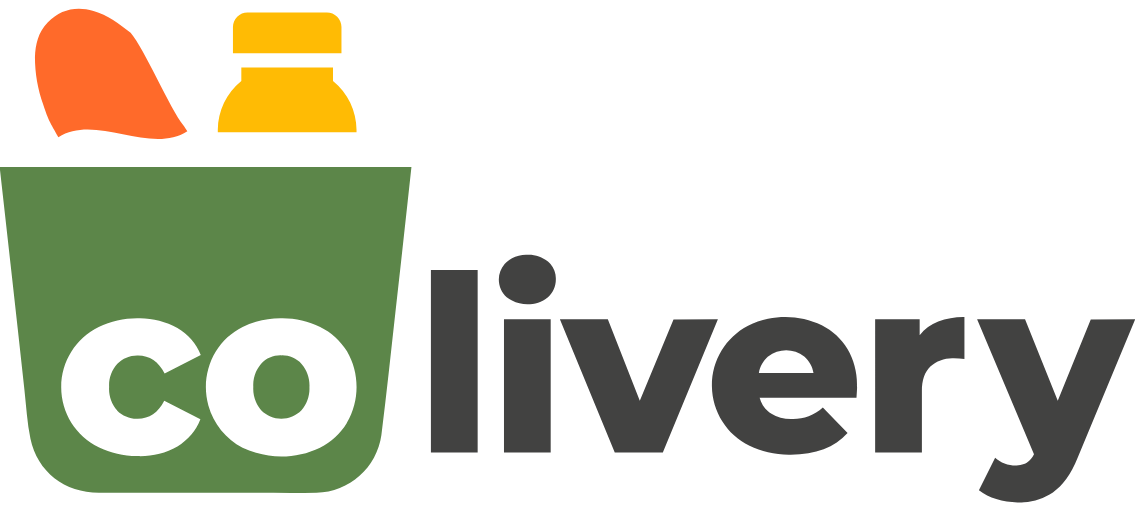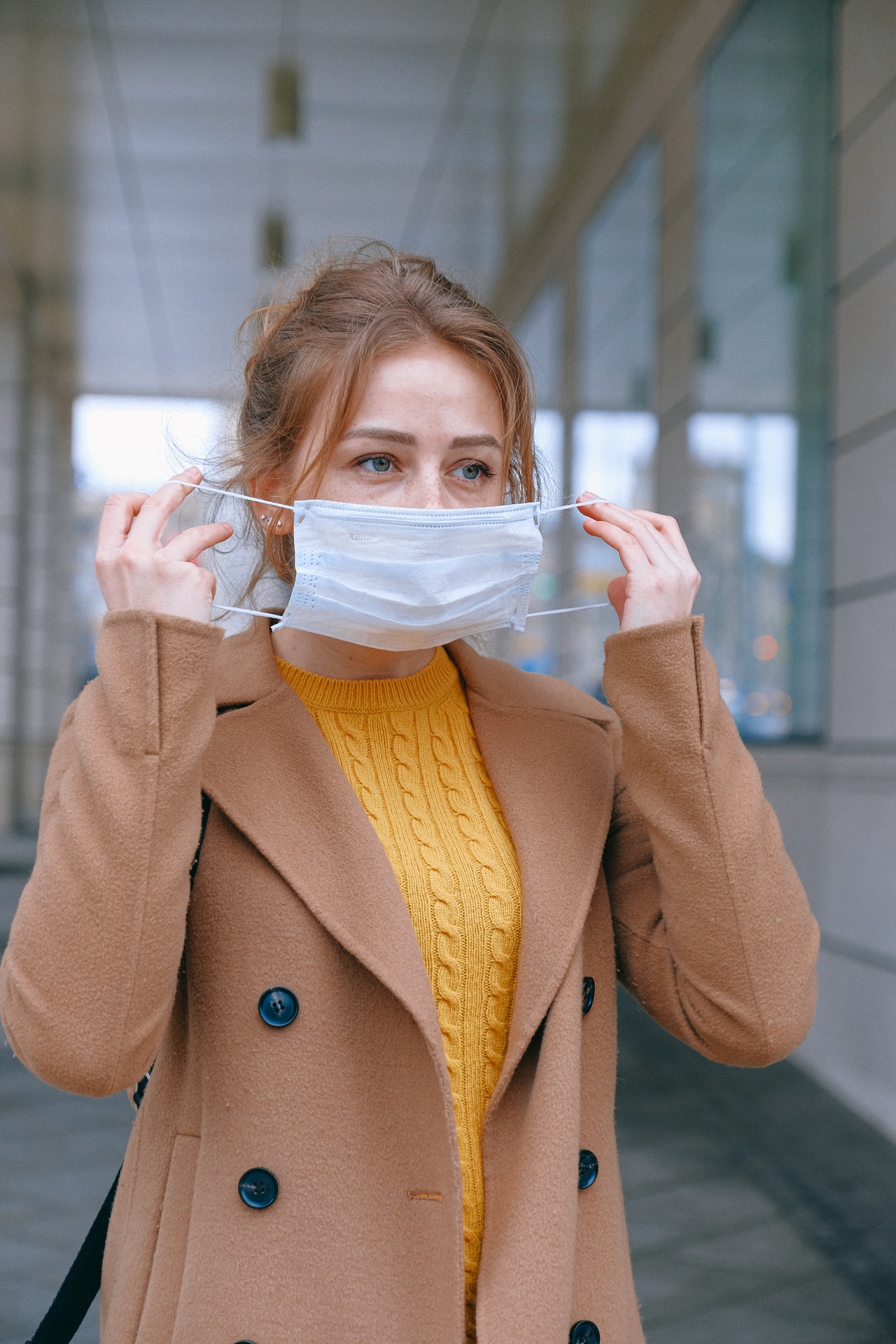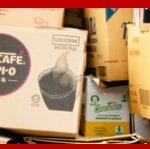Remember when people made fun of Whole Foods for selling pre-peeled fruit to lazy shoppers. It was only afterwards that critics realized people with disabilities are unable to eat oranges otherwise.
Or all the times that people made fun of lazy people using “The Clapper” to turn light switches on and off. And again, only to later realize that those switches are far more functional for people who have limited mobility.
Without having insight into the original problem, many innovations seem silly, thoughtless, or wasteful. But for someone who is physically unable to peel an orange, flick a light switch, open a medication bottle, or hold a vegetable peeler, those innovations can mean increased independence and improved mental wellness.
Similarly, many for-purpose innovations are being created as a result of the COVID-19 pandemic, and some of them will grow far beyond their early in-market trials to become broadly used consumer facing items.
Let’s look at eight small and large innovations that have promising futures.
People Helping People

Chore sharing: When the pandemic started, we discovered very quickly that vulnerable people with mobility or health issues were unable to get their shopping done safely or at all. Public transportation services were reduced or closed, and those who were physically unable to wait in a long line couldn’t access services. Colivery built an app to connect people who needed help with people willing to shop for groceries, pick up medications, and do other essential tasks. Though accessibility continues to improve, this app will be a long-term boon for any consumer who needs regular or occasional help with shopping or even around the house chores.
Sanitation Products

Anti-microbial products: droom has designed an antibacterial shield reported to kill 99.9% of germs and is effective for up to 3 months on surfaces. Originally designed for vehicles, and now available for use in elevators and facilities, perhaps it will become a popular option in retail, fitness, and office environments where hundreds of people share desks, tables, and equipment.
Ultraviolet sanitation: Ultraviolet options are proving to be popular with many innovators. Mt. Sinai Hospital is testing cleaning N95 masks with ultraviolet rays to clean N95 masks, and Albany International Airport is testing UV robots to sterilize floors and escalator handrails. If proven effective, we expect consumers to see this innovation in stores, restaurants, and offices, and perhaps even as a back-up for antimicrobial products.
Hands-Free Robot Interactions
Dispensing and delivering: A team of refugees trained in robotics has designed a robot that dispenses hand sanitizer without needing to be touched. Other innovators have built robots that carry food and medicine in hospital isolation wards. Robots have long been the tool of choice for moving things in unsafe areas (think bomb detection and disposal). Perhaps now we’ll consider them for more ordinary types of deliveries – moving objects from person to person in an office building, offering product samples to consumers, or grabbing the right brake pad, shoe size, or cereal box from the backroom.
Safety Tools
Hygiene habit changers: Justin Ith of Slightly Robot built a vibrating bracelet called Immutouch that identifies when people are touching their face so they can halt mid-action. Designed especially for the COVID-19 pandemic, the tool would be able to alert people to any number of undesirable, compulsive behaviours such as self-hurting or even nail biting.
Cross contamination prevention: In San Francisco, 12 year old Mizan Rupan-Tompkins saw his parents trying to avoid touching doors and objects by using their sleeves instead of their hands. He did his research and developed a plant-based plastic tool that is germ resistant and can be used to open doors and manipulate devise. His new product, the Safe Touch Pro, is now available for sale on his website. Given that so many people have always been resistant to touch bathroom doors (did the last person really wash their hands?), there could easily be a longer-term market for this innovation.
Distance temperature checks: In numerous places around the world, security forces and retailers have begun to use thermal imaging to identify people running a high temperature, a symptom of COVID-19. Longer term, this could easily become a standard feature at all types of medical facilities that need to ensure the health and safety of more vulnerable patients. These devices might even start to pop up at dentist offices, tattoo shops, beauty spas, and fitness facilities, places where people spend a lot time receiving invasive, face-to-face care.

Diagnosing Ailments
Voice diagnosing: Coronavirus tests are still in development, and there’s still not enough to go around. VoiceMed has built an artificial intelligence app to pre-diagnose COVID-19 by listening to people’s voices. The app compares your voice with the voice of infected people and hopes to be one small step towards easing the load on healthcare systems. The applications of this innovation are endless. Imagine using your voice to pre-diagnose lung disease, dementia, depression, anxiety. Or, to detect truthfulness, social desirability, and other psychographic and personality characteristics that could speed up market research interviews.
Where do we go from here?
Building innovations that are functional and desirable for not only their initial target groups but also for broader target groups requires extensive research. By conducting individual interviews,
focus groups, or questionnaires with a broad target audience, innovations originally designed for a unique purpose could be redesigned for a broader market. As long as people understand the history and intent, they might even become in-demand innovations.
If you’ve got an innovation that deserves to succeed among a broader group of people, please get in touch with us! We’d love to help you grow your business!
You might like to read these:




